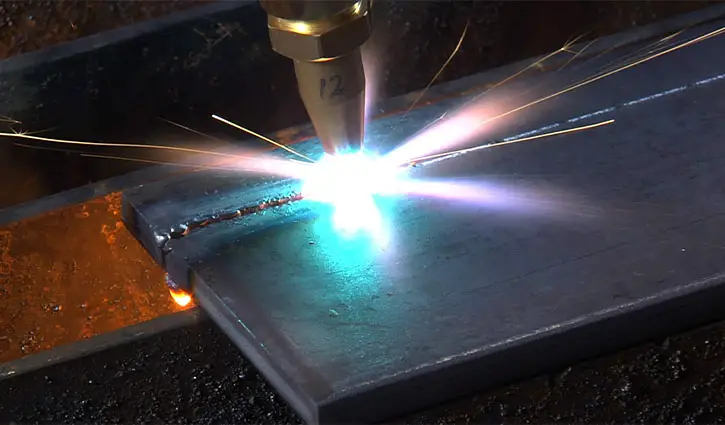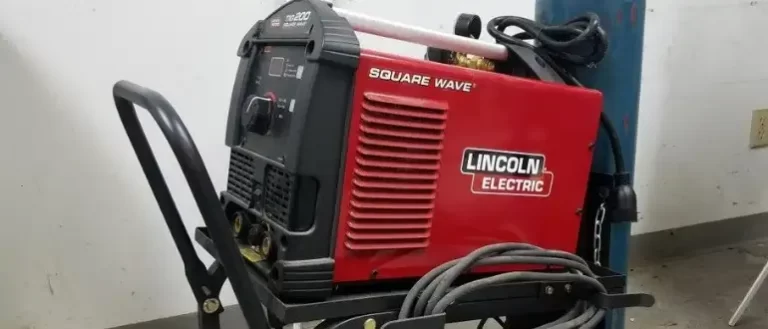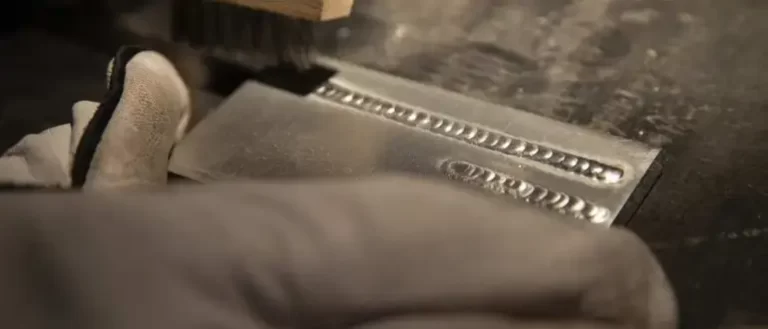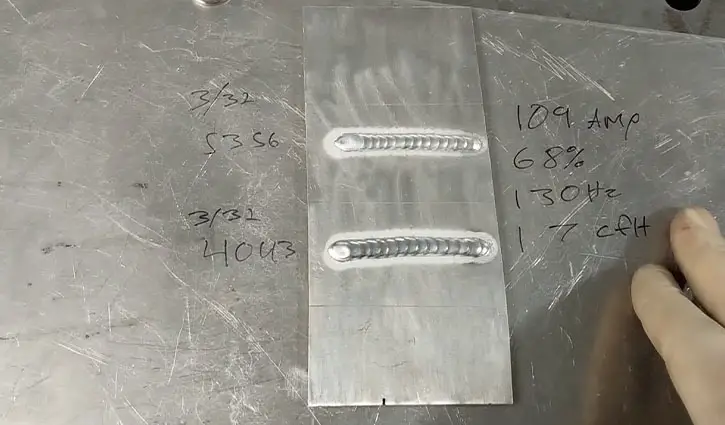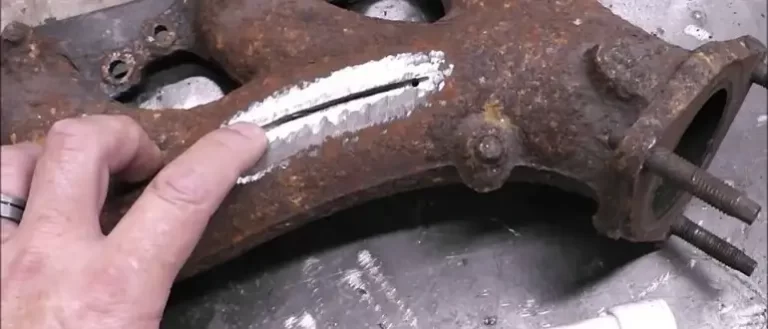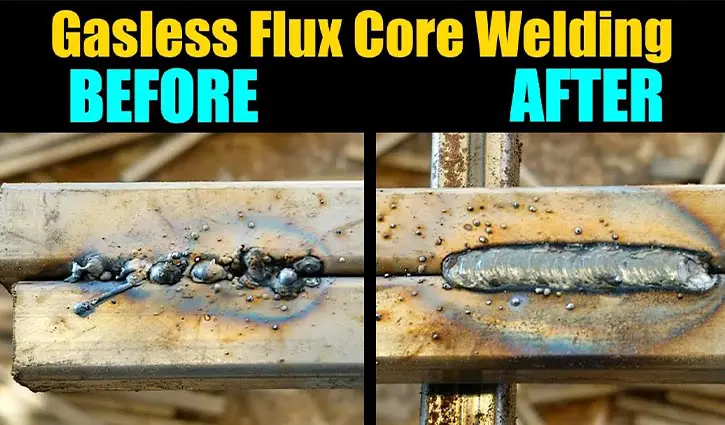MIG Welding Advantages & Disadvantages: The Facts You Must Know In 2024
Metal inert gas welding, commonly known as MIG welding has a plethora of advantages over other available methods. This process is easy to learn, and apply. Moreover, this technique provides a clean and aesthetic welded area.
Due to these reasons along with many others, MIG welding is considered one of the fastest and most widely used welding processes. Though there are some drawbacks too, for newbies this is the best way to start.
Here in this article, I’ll explain everything you need to know about MIG welding. Along with the pros and cons, you’ll get an overall idea of the basics of MIG welding. So, let’s start.
Table of Contents
Types of Mig Welding
There are different types of MIG welding techniques available. Depending on the job and requirements one can choose a preferred method.
But the basic two types of MIG welding are Solid core welding and Flux-core welding. Here below, I’m giving a short brief about what these are and when to use them.
- Solid MIG welding:
In this method, a reel of solid wire is used. There is no flux to shield the welding. That’s why using shielding gas is a must here. Generally, 75% Argon and 25% CO2 is the best combination. The solid wire is consumable and works to combine two different metals.
- Flux-core welding:
Flux-core welding is a method where the wire consists of a flux compound inside the electrode. When it melts and comes in contact with the arc, the compound reacts. It generates gas that works as an oxygen shield. So, no other shielding gas is necessary for this method.
Read More: Flux Core Welding Vs MIG Welding: What Is The Difference?
What are the applications of MIG welding?
MIG welding is widely used for many different purposes. No matter whether it is for a household job or industrial, MIG welding is a great option for joining most metals.
Let’s focus on some of the best applications of MIG welding techniques.
- Joining thick materials:
MIG welding is mainly used to join thick metals. Mostly MIG is popular to join aluminum, carbon, or stainless steel. Since the bond of this method is comparatively weaker, this is not used to join thin metallic objects.
- For large welding:
I’ve already mentioned that MIG welding is fast and easy. As a result, this method is widely used where large welding is required. This ensures quality as well as saves time and effort. That’s why from regular work to automobiles, MIG welding is a common method.
- For fast weldings:
Where a fast solution is needed, for example, automobile chassis, sheet metal industries, etc. MIG welding is the best option to choose.
Mig welding advantages and disadvantages
Now it’s time to discuss the advantages and disadvantages of this method. First I’ll discuss the benefits of MIG welding.
Advantages:
- Fast welding:
MIG welding gets cold too fast. As a result, there’s no need to wait for further action. Thus it increases the speed and productivity of the worker.
- Easy to learn and use:
MIG welding is easy to learn. With some basic instructions, one can easily perform general tasks with MIG welding.
- Clean welding:
It produces a clean welded area. Since there remains very little or almost no slag during welding, frequent cleaning is not necessary during the job.
- Compatibility:
This method can be used to weld a lot of metals including copper, steel, and aluminum. This versatility makes MIG welding so popular.
Read More: Do You Need Gas For Mig Welding?
Disadvantages
- Cost:
MIG welding needs high-end machines and maintenance. As a result, the cost of this method is more than others.
- Portability:
MIG welding machines are heavy and large in size. So, it’s really tough to move the setup from one place to another.
- Bond:
MIG welding bond is weaker than TIG welding.
Which wire is used in MIG welding?
Well, that completely depends on the type of job. Before choosing the wire for MIG welding, never forget to consider constant diameter and chemical composition. Otherwise, the job can be hampered.
The most common wires for MIG are ER70S-3 and ER70S-6. The first one is for ensuring clean and solid joining. On the other hand, the second wire is good for scaly and prone-type surfaces.
Remember, don’t try to do the whole job with just one wire. Rather, change the diameter according to your requirements.
Read More: How To Get A Welding Job? Complete Guide 2022
FAQs
The most used gas for MIG welding is Argon. Sometimes Helium or Oxygen can be blended with Argon. Carbon dioxide is also used for this purpose.
MIG welding is used to join aluminum, copper, carbon steel, stainless steel, etc. The wire is also made of aluminum, steel, and some other metals.
Yes. MIG welding uses DC voltage or reverses polarity to generate the arc.
Verdict
MIG welding is one of the finest methods of welding. One can easily learn this technique and apply it. Also, the process is fast enough to get the job done.
It should be kept in mind that the joint of MIG is not as good as TIG welding which is another popular welding method. But for regular use MIG is preferable. Experts refer to this method as “Point and shot” due to its simplicity.
Depending on the job, you should choose the types of welding method as well as welding wire.
Read More: Stick Vs Wire Welding: Which One Will Be Perfect For Your Project?

